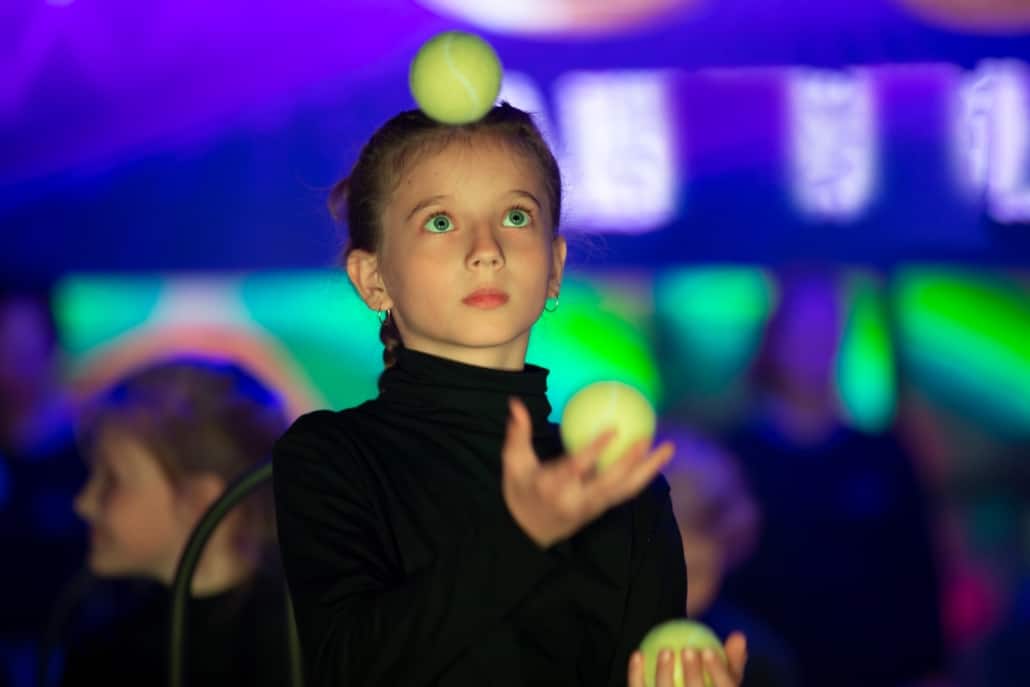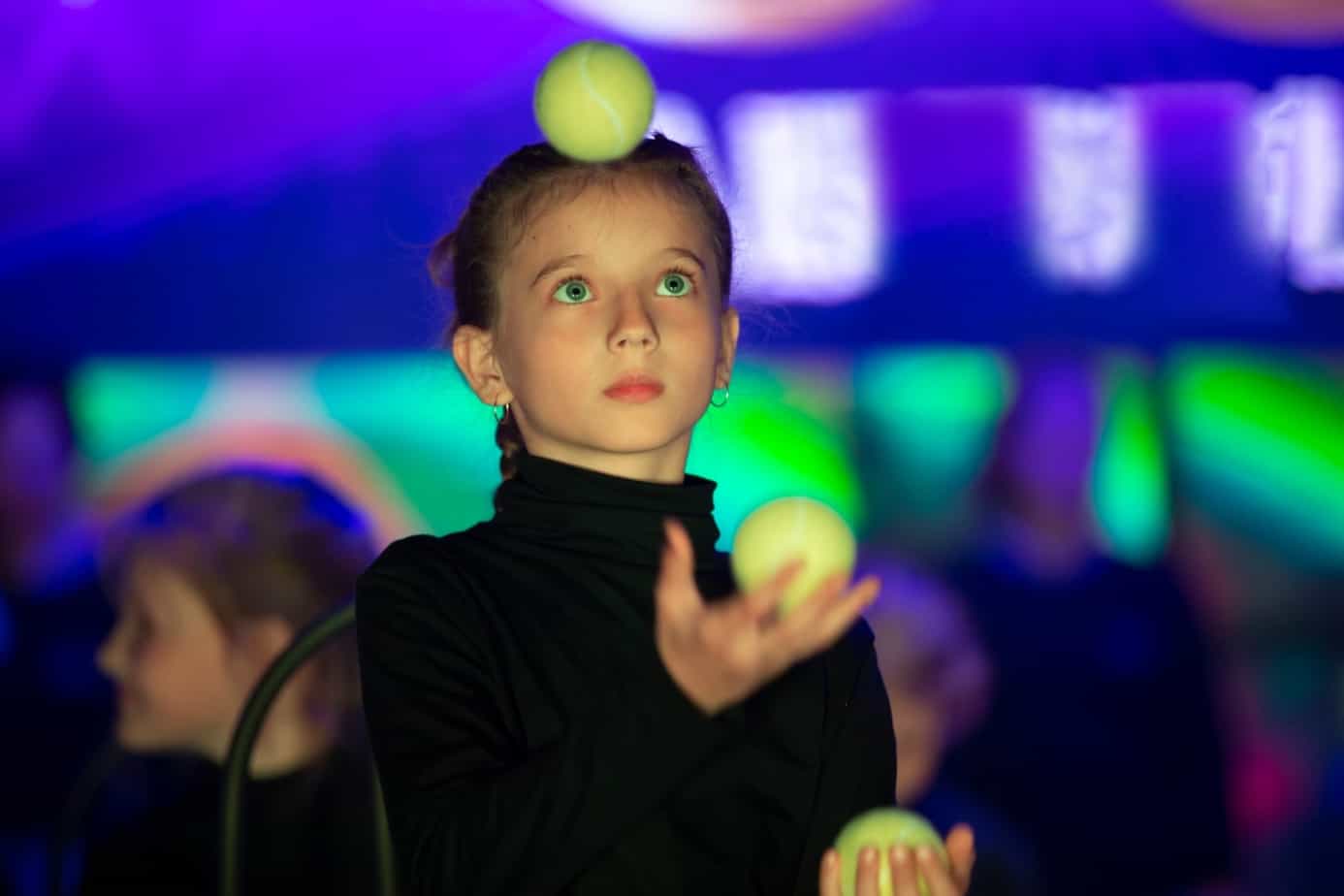The best tennis ball drills to develop hand-eye coordination
Hand-eye coordination is the most sport-specific but universal skill you can develop that’s not actually sport. But how can it be developed? Hint: Tennis balls could be the answer.
The best drills to develop hand-eye coordination
Hand-eye coordination is the most sport-specific but universal skill you can develop that’s not actually sport. Almost every sport requires it to some degree, and many skills go into it.
Developing hand-eye coordination is fun and it’s for everyone, and it can be as simple as tossing around a few tennis balls. I’ve been using tennis ball drills with all my athletes (youth athletes up to college, any field/court sport you can imagine as well as sports like swimming and track and field, both male and female), and there are enough variations to challenge even the highest-level athlete. And I’m sure there are even variations I haven’t discovered yet!

What is hand-eye coordination?
The definition of hand-eye coordination is what it sounds like: the body’s ability to complete tasks with a person using their hands with information gained from their eyes. Taking a step back, coordination has been defined by renowned children’s health professor Dr. Jozef Drabik as “the ability to accomplish movement tasks that demand cooperation of several parts of the body without mental tensions or mistakes, and with minimum effort.”
Although hand-eye coordination seems very narrow in definition, these tasks should involve the whole body.
Why is hand-eye coordination so important?
Without hand-eye coordination, it’s very difficult to be successful in most sports because almost all sports involving a ball require hand-eye coordination. Think about most sports tasks: catching a baseball, hitting a tennis ball, dribbling a basketball … athletes need to use visual information of the ball’s location and trajectory to move their hands and body to complete a task.
You might be thinking “sports like soccer don’t need to train hand-eye coordination because players only use their feet.” Well, that’s exactly the reason soccer players SHOULD do it: they don’t get to develop hand-eye coordination anywhere else. Hand-eye coordination is for general athleticism and is not sport-specific, and developing this skill comes with the bonuses of visual tracking and anticipation. So, athletes can develop hand-eye coordination using tennis ball drills then transfer it over to their sport during practice.
Additionally, there are many other skills that go into completing hand-eye coordination drills that can transfer to sport.
-Coordination: using the entire body (arms and legs) to complete a task; for example, sprinting, wrestling, or throwing a ball. Although hand-eye coordination by definition is using visual information and the hands to complete a task, sports require the use of an athlete’s entire body, as almost nothing is performed just standing still. Tennis ball drills are valuable because the locomotion uses the entire body plus the visual information to complete the task.
-Motor control: performing movements in the right directions and intensities to accomplish a task. This is developed by putting the correct amount of effort into the throw/toss with the right direction to give the best chance of catching the ball, especially if bouncing off a wall.
-Visual tracking and anticipation: using visual information from objects to predict the rest of its path, and consequently acting on it. This is developed by judging the trajectory of the tennis ball and deciding how far and fast to move to intercept the ball.
My secret weapon: Tennis balls
My experience and knowledge using tennis ball drills to develop hand-eye coordination are mainly anecdotal – there’s no official certification or course for tennis ball usage! But I do have many direct examples (and continuous requests from my athletes to do the ‘tennis ball warm-up’) to back up its effectiveness.
Warm-ups: Are they still needed? If so, what are the best options?
For example, an athlete of mine was a high-level soccer player, 10 years old playing on multiple 13U teams. This athlete could not catch a simple (American) football pass or string together multiple successful tennis ball drills when we first started. I consistently implemented these drills over time and the progress has been incredible – this athlete now continually needs more challenging drills. The skills we are developing go beyond soccer and will help them with overall athleticism for years to come.
Below are some of my favourite drills in this space.
Hand-eye coordination drills
The following sections of this article are very visual in nature. The links below feature two YouTube videos of mine on all the drills I do with my athletes. And I must say, I have created even more drills since the filming of these!
Video 1:
Video 2:
How to improve hand-eye coordination
How to start implementing tennis balls for hand-eye coordination into your training? First, you have to understand the different variables that go into a drill. Then, manipulate each variable when implementing these drills to affect the difficulty:
- Number of tennis balls (1 or 2)
- Number of hands (two hands allowed on the catch vs. one hand behind the back)
- Tennis ball movement (non-throwing, such as figure 8’s around legs/torso/head vs. throw and catch)
- Type of throw and catch (small or big throw; above a theoretical target; same-hand throw and catch vs. opposite hand catch; underhand or overhand; inside or outside the body frame etc)
- Athlete movement (in place, in place rotating, in place on one leg)
- Locomotion (walking forwards/backwards; jogging/backpedaling; skipping forwards/backwards vs. shuffling, carioca-ing, hopping, running and stopping on a line)
- Bounce/ricochet (off the ground or off a wall)
- Including a partner (a partner tosses back and forth with 1 or 2 balls, in place or moving, off the ground or ball or in the air, same or opposite hands)
Hopefully after watching the videos and reading all the variables, your mind started imagining different combinations.
Like anything else in training for sports, start slow then progress from there. The last thing you want is to start with a drill that is too challenging, then the athlete may get frustrated and never want to do tennis ball drills again. Start simple and if the athlete is extremely successful in the first four or five tries, then immediately progress the drill.
Also, if a drill is a little bit too difficult, don’t hesitate to regress it.
[optin-monster slug=”nhpxak0baeqvjdeila6a”]
Final thoughts
Your mind is the limit with these tennis ball drills. Every time I do a ‘tennis ball warm-up’ with my athletes, I find myself creating new drills and variations. Also, use your athletes for feedback and inspiration. Challenge their creativity to see what variations they can come up with.
These drills check off many skills of athletic development, break up the monotony of repetitive warm-ups, and are a ton of fun to do. Don’t be surprised if you end up joining your athletes!




